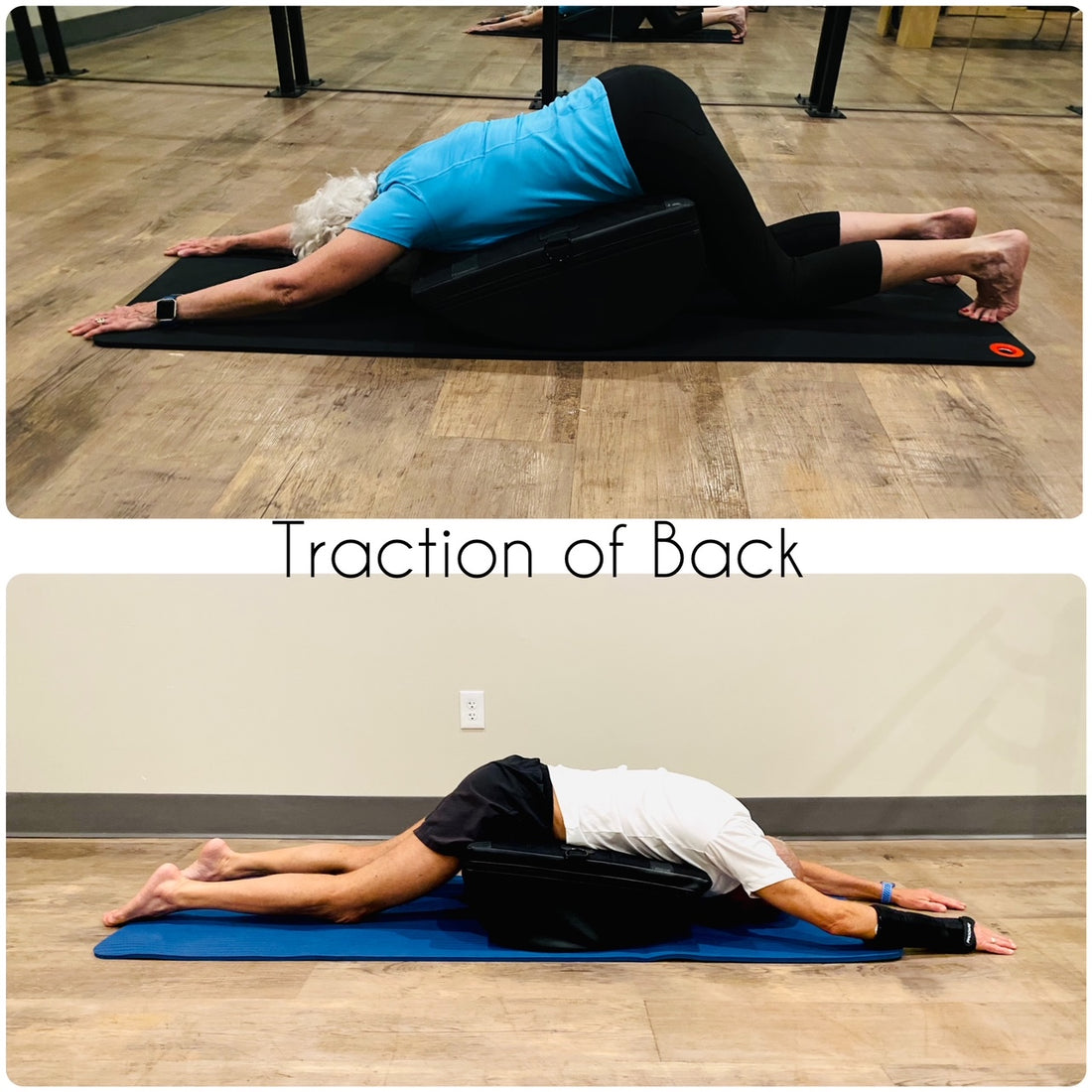Spinal stenosis commonly occurs in the low back and neck. It can effect the spinal column - narrowing the central canal space, possibly effecting the spinal cord - symptoms of pain, cramping, numbness and/or tingling occurring bilaterally (in the back , both buttocks and/or down both legs). The picture below depicts central canal stenosis.

Spinal stenosis may also effect the foramen at one or multiple spinal segments. This is where the spinal nerves exit the spinal column. In foraminal stenosis, unilateral (on the same side back, buttocks and/or leg) symptoms are seen. The picture below demonstrates where the foramen of the spine are.

The causes of stenosis are:
1. Being born with a smaller than average spinal canal.
2. Arthritis causing increased bone growth at the spine - including the formation of bone spurs.
3. History of herniated (slipped discs) - as we age, discs dry out (that is one of the reasons we get shorter as we get older). These damaged discs dry out more quickly and decrease the space available for spinal cord and spinal nerves.
4. The ligaments of the spine ( and there are a lot of them) thicken as we age.
This blog will focus on stenosis effecting the low back and exercises which hopefully will guide you and your healthcare provider to improve your fitness and decrease pain. This blog is not to be used as medical advice but as a framework of ideas to speak to your healthcare provider to see if these ideas are appropriate for your specific medical issues.
Painful symptoms of people with spinal stenosis increase with activities (walking and standing) and exercises which extend the spine (backward bend). These painful symptoms decrease with flexion of the spine (rounding of the spine or sitting down). This increase in symptoms with extension of spine is caused because the space inside of the spinal column and/or foramen is decreased.
Thus, when strengthening the back muscles while lying on a mat (tummy time) it is necessary to have a support underneath you. This allows upward movement of the arms and legs without causing extension of the spine. You may use pillows, BOSUs , arc barrel or in the picture below, I am using my patented invention the MINIMAX, flipped over so that I am lying on a flat surface (just like lying on a mat) but my bent arms are lower than my spine. Thus, I am able to lift my arms to the height of my body. If this amount of lift were to be aggravating, I could decrease the amount of the arm lift. If there is a concern for development for adjacent segment hypermobility (an issue which can occur post lumbar spine fusion) this option to use the MINIMAX is ideal.

Discovering exercises which traction the back can be a way to manage pain by decompressing and opening spine. Please see the pictures below. Once again the MINIMAX is flipped over. The option with the individual in the blue t-shirt will traction the thoracic spine. The hips are higher and there is a sense of heaviness in the hands and melting the shoulders to the mat. The other option (man in white T-shirt) directly tractions the low back. The hips are lower and there is a sense of reach of the arms and shins in opposite directions AND heaviness in hands and shins - the reach and heaviness imparts the sense of traction at low back. These positions are to be held for 1-5 minutes with slow diaphragmatic breath.

Stretching exercises that focus on rounding the spine (flexion of the spine) are commonly prescribed. The picture below depicts the Double Knee to Stretch exercise. The knees are hugged into the chest and a sense of relaxation of the back muscles are encouraged as the spine is held from 10 seconds to 60 seconds.

Sometimes passive stretches can be incredibly beneficial. In this style of stretch, the position of the body, gravity, time and calm breathing will relax the muscles. As the stretch is held the connective tissues will also lengthen. Below is an example of this style of stretch. It is a modified version of Yin Yoga's Caterpillar pose where the rounded end of the MINIMAX is used to support and round the spine over it - opening the spacing between the vertebrae, lengthening the thoracolumbar fascia and low back muscles.

Please watch this video (23 minutes) demonstrating how the MINIMAX may be used to directly stretch the spine to ease tightness and spinal stenosis issues.

